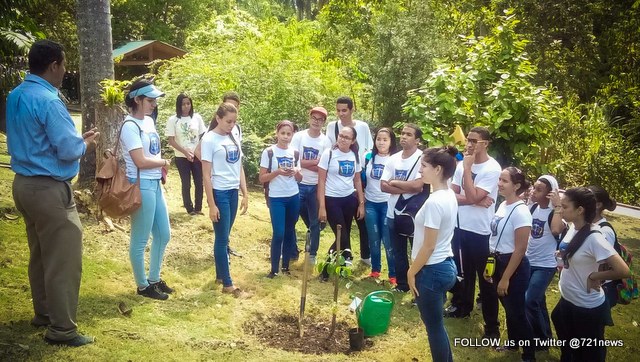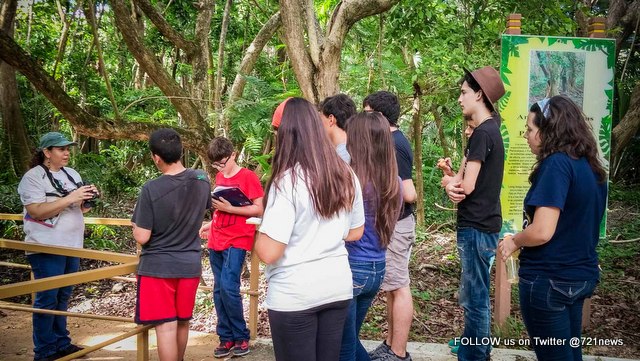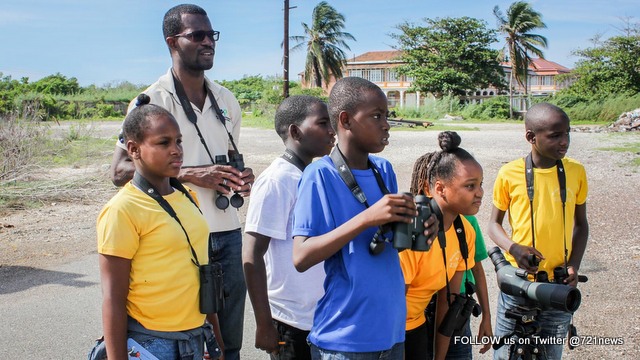PHILIPSBURG, Sint Maarten — Tree plantings, seedling giveaways, and a free ebook about native Caribbean plants—none of these things sound like ways to celebrate migratory birds. But this year they are. Across the Caribbean and throughout the Western Hemisphere, International Migratory Bird Day (IMBD) events have added habitat restoration activities to their programs, attracting new participants and taking action on this year’s theme: Restore Habitat, Restore Birds.

BirdsCaribbean, the regional coordinator of International Migratory Bird Day activities for the Caribbean, kicked of the season by providing habitat restoration resources. A free ebook, Heritage Plants, featured dozens of native Caribbean plants that are of particular value to local birds as well as techniques for creating a great backyard bird habitat. A free webinar, Native Plants for a Bird-Friendly Backyard, featured Caribbean bird, plant and habitat restoration experts.
At dozens of Caribbean events throughout the region the habitat restoration theme was explored in a variety of ways. In the Dominican Republic, Grupo Acción Ecológica collaborated with a botanical garden to host an event that combined a bird walk with bird-friendly tree plantings. On St. Martin, non-profit association Les Fruits de Mer distributed dozens of seedlings of an endangered, native tree called Lignum Vitae or Gaïac. The Trinidad and Tobago Field Naturalists’ Club created an interactive bird display at a local green market that featured materials from the BirdsCaribbean webinar. In Jamaica, students were taken on a birding excursion and then given a presentation about how to protect and restore habitat.

In Puerto Rico, students had the chance to see the results of habitat restoration firsthand at the Pterocarpus Forest at Palmas del Mar, a rare example of freshwater swamp forest. Abandoned and overgrown with invasive plants, this 50-acre habitat has been rehabilitated over the last four years into a nature preserve with a three-quarter mile elevated boardwalk and 40 foot bird observation platform. Ingrid Flores, Regional Coordinator of IMBD Caribbean explained that “the students learned how habitat restoration helps migratory birds, and how it creates valuable public space for recreation and education.”
“BirdsCaribbean has always used birds as a way to connect people to nature, and this year we’ve found that native plants and trees can also play the same role,” explained BirdsCaribbean Executive Director Lisa Sorenson. “By incorporating habitat restoration into our activities this year we’ve reached a whole new group of people who connect to nature primarily through plants. We’ve shared a lot about birds and learned a lot about plants in the process.”

BirdsCaribbean has been the regional coordinator for International Migratory Bird Day activities for eight years. Centered around the month of October—peak season for migratory birds in the Caribbean—approximately 40,000 people participate in these events each year. For more information, or to download the Heritage Plants ebook and watch the native plants webinar, visit birdscaribbean.org. IMBD activities across the Western Hemisphere are coordinated by Environment for the Americas (EFTA).






























